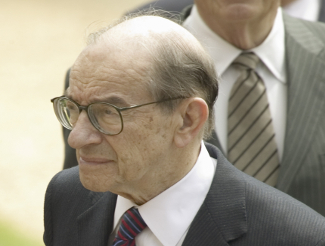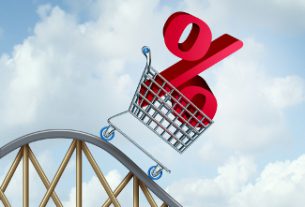Anyone who lived through the 1970s remembers the crushing effects of stagflation. The phenomenon, characterized by severe recession, double digit inflation, and high unemployment baffled Keynesian economists who had long posited that high inflation and high unemployment couldn’t exist together. The Phillips Curve propounded by the Keynesians held that there was a direct relationship between inflation and unemployment, with higher inflation leading to lower unemployment, and vice versa. Obviously the Keynesians were wrong.
For investors, the 1970s were largely a lost decade. If you had invested in stock markets between the late 1960s and about 1982, you might have been able to break even at best. Stocks were basically flat throughout that period, and it wasn’t until 1982 and the stock market surge that then ensued that investors began to be able to make money reliably in stock markets.
Of course, just like the roaring ‘20s and the post-World War II boom, much of the reason for the 1980s bull market was due to money creation by the Federal Reserve System. That accelerated under Alan Greenspan’s tenure, from 1987 to 2006. Today we’re still suffering the consequences of the bubbles that were first created during Greenspan’s terms as Fed chairman.
First the dotcom bubble and then the housing bubble were blown larger and larger by Greenspan’s conduct of monetary policy. The response to those bubbles by the Fed was to create more new money and pump it into the financial system. That resulted eventually in the stock market boom we see today, part of the “everything bubble” that is set to burst in the near future.
The irony of Greenspan’s tenure as Fed chairman is that he was unable (or unwilling) to acknowledge the problems he was creating, yet now he warns us that stagflation will rear its head yet again. The problem with that is that his credibility was shot after he left the Fed. Because he was directly responsible for two massive stock market bubbles and left his successors to clean up the damage, his reputation has been permanently marred.
As a result, no one is going to listen to his warnings, even if he is correct. They would rather listen to the permabulls telling them that we’re seeing a market bottom and that markets will rally in the new year. That just isn’t going to happen.
Recent stock market volatility is the symptom of an underlying malaise that infects the entire economy. Low unemployment and low price inflation are masking the weak economic fundamentals that will amplify the coming downturn.
Now is the time for investors to take the necessary steps to protect their portfolios and safeguard their retirement savings. By investing in gold, investors can keep their assets from suffering a collapse in value when stock markets plummet. You may not want to listen to Alan Greenspan, but when stock markets drop 500 to 800 points on a regular basis, you need to start paying attention.
This article was originally posted on Goldco.




